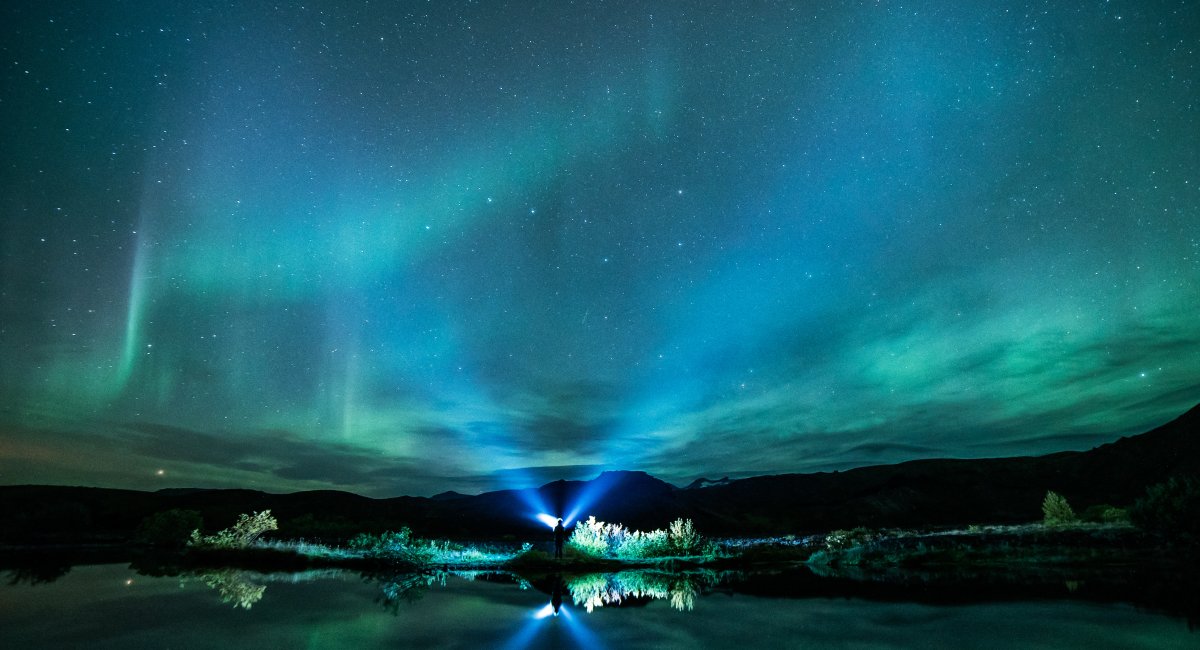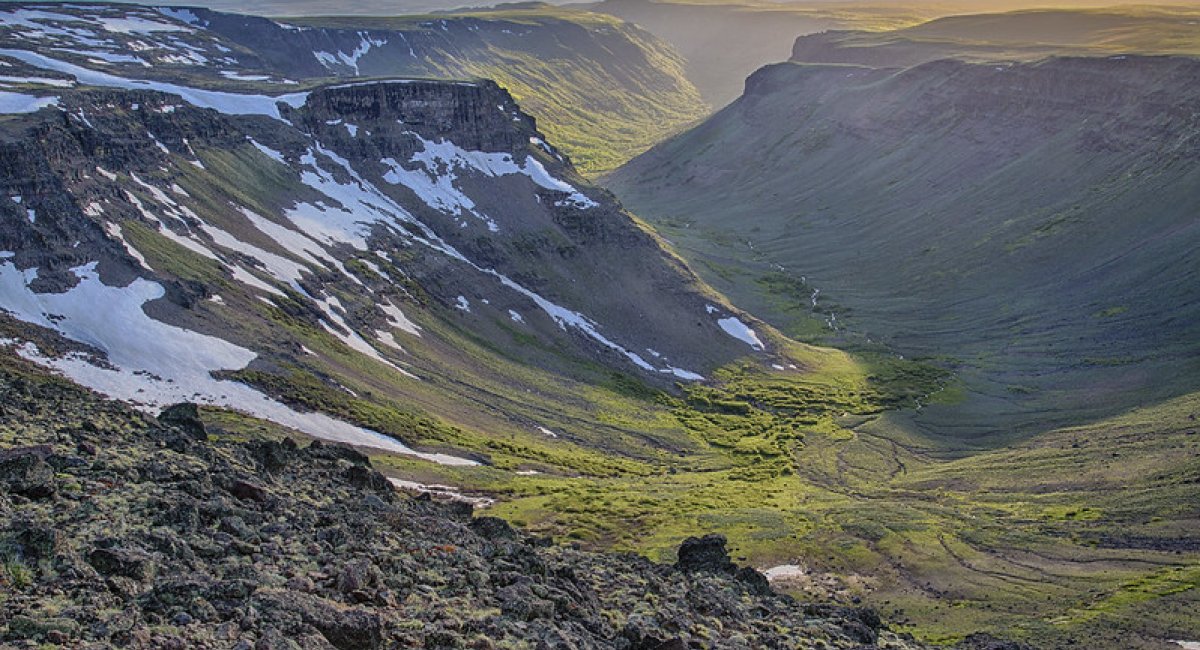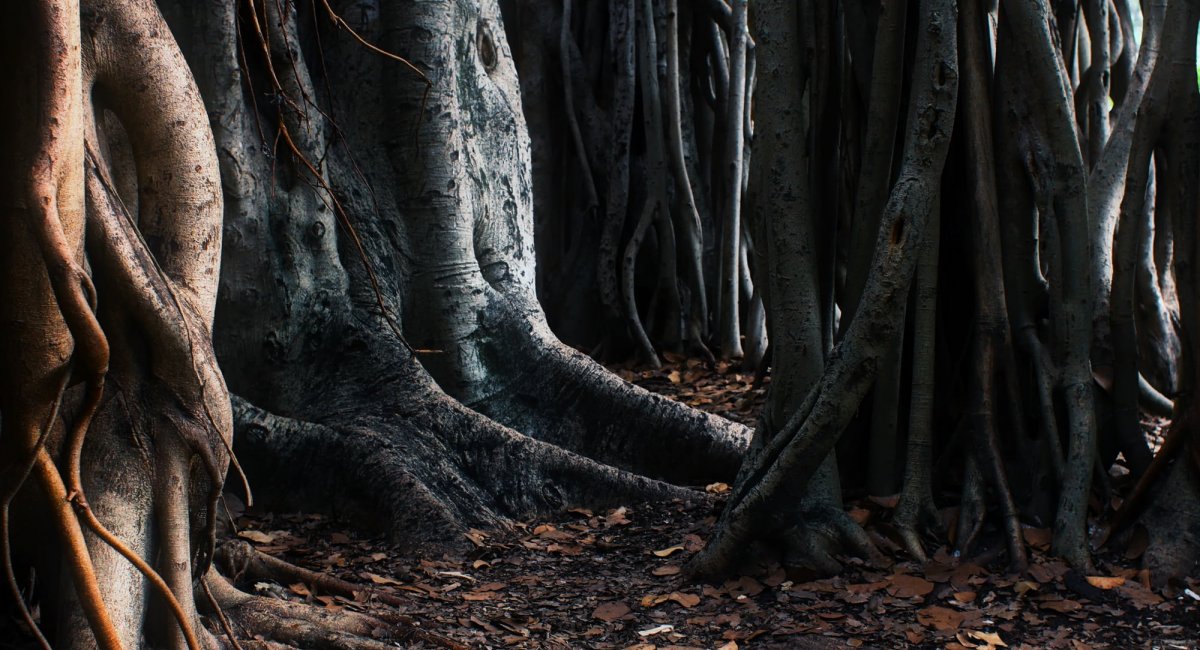Northern Lights spectacle

Over the past week, the Northern Lights, or Aurora Borealis, have been visible in unusual locations across Europe and North America. These celestial lights are often limited to northern most territories and high-latitude regions. However, a massive G5 level geomagnetic storm event in space made it possible for the lights to be seen farther south. The Southern Lights, similar to the Northern Lights, were also seen in New Zealand due to its location near the southern pole.
















